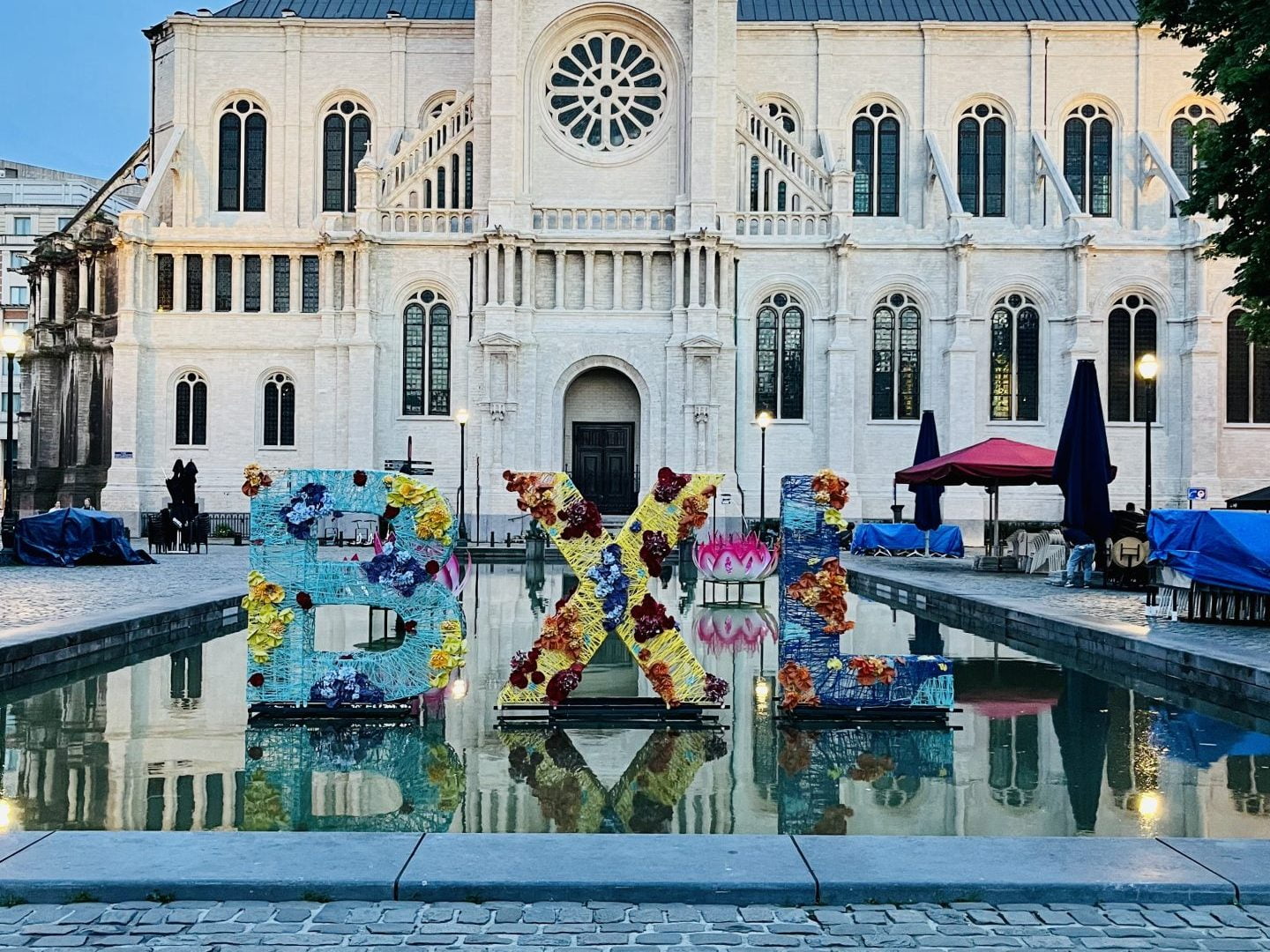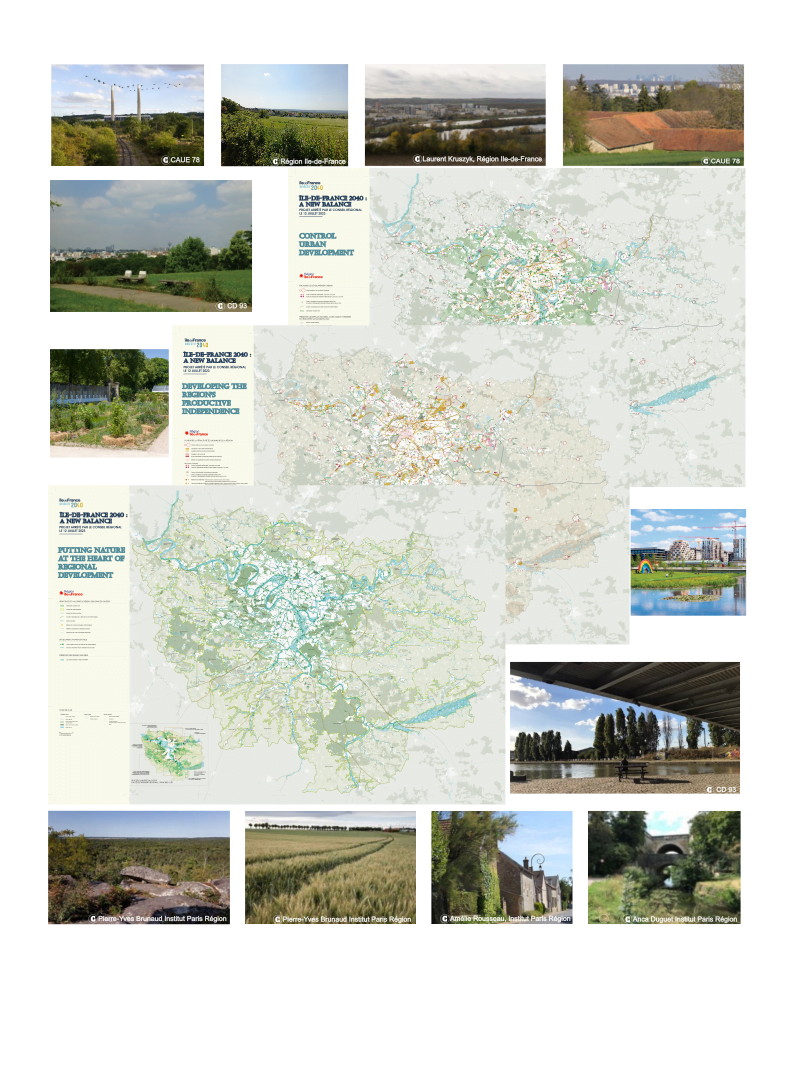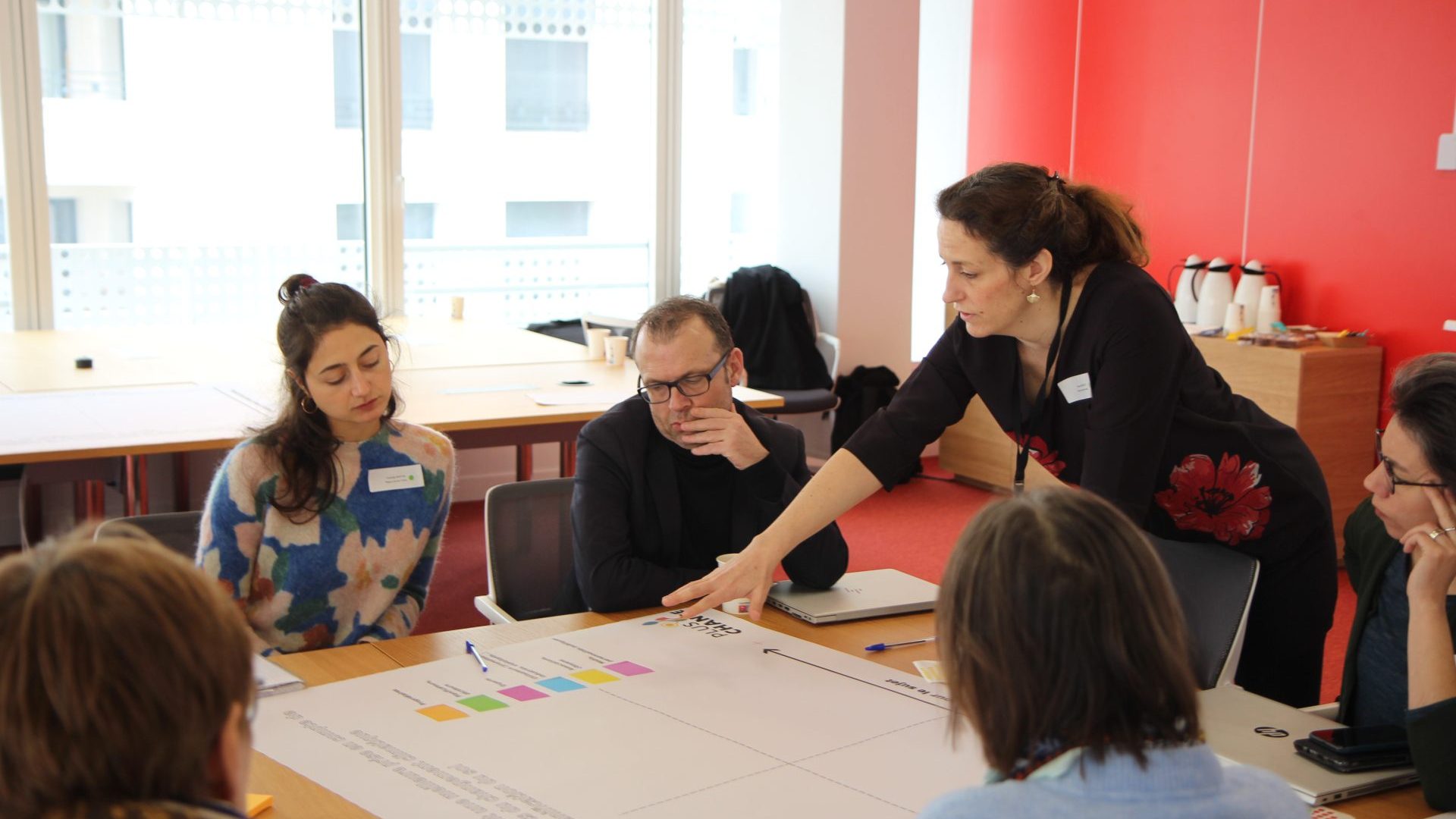
Île-de-France Region (FR)
Île-de-France is a region in France, centred around Paris. The region covers an area of more than 12000km2 and has a population of 12.3 million. It is made up of 75% natural areas and 25% urban areas, spread in a heterogeneous way over its territory, which is at once urban, peri-urban and rural.
Île-de-France serves as the economic, political, and cultural heart of France, attracting millions of tourists each year. The region is renowned for its iconic landmarks, world-class museums, and vibrant arts scene.
Focus area and Challenges
The Île-de-France region confronts the critical task of managing urban growth and population increase while maintaining its international appeal. To address these challenges, the region has devised the Île-de-France Environmental Master Plan (SDRIF-E), targeting key issues. These include curbing soil artificialization and preserving biodiversity, reducing CO2 emissions, balancing housing demands with community well-being, enhancing attractiveness, improving mobility and public services, promoting circular economy practices, and increasing climate change resilience.

Objectives
The key environmental objectives encompass implementing adaptation measures, restricting soil sealing, restoring habitats, repurposing brownfields and wasteland, expanding natural areas and forests, and managing drought and flood risks.
Through the project, Île-de-France aims to develop and get access to tools to be applied to the SDRIF-E, ensuring effective monitoring and evaluation of targets. Additionally, it seeks to enhance climate change resilience by learning from the experiences and knowledge of other European countries.



